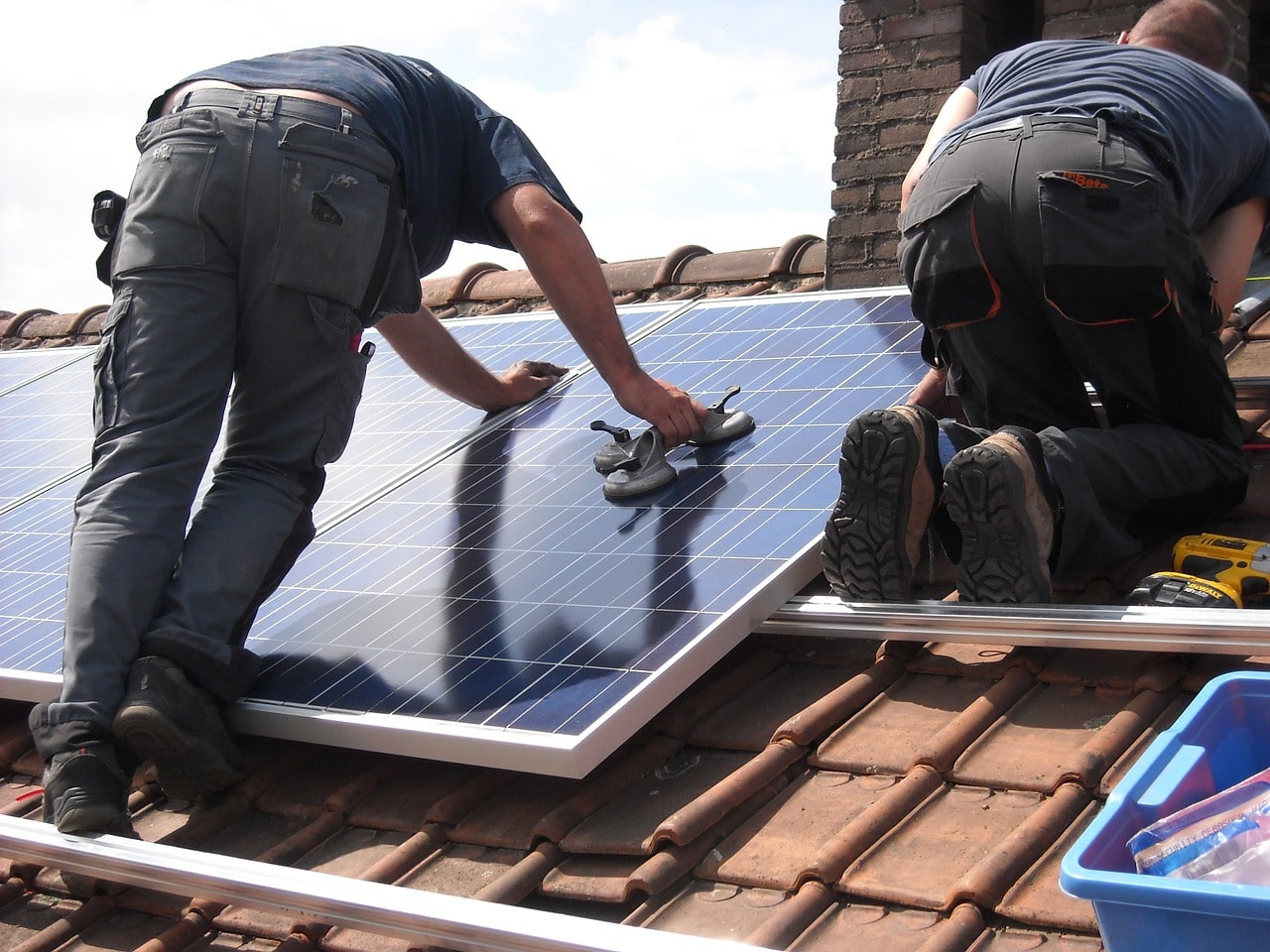When contemplating the ideal roof for optimal energy efficiency, it’s crucial to consider several factors, ranging from the selection of roofing materials to the extent of insulation incorporated. The decision regarding the roof type holds substantial sway over a building’s energy consumption and overall sustainability. Athens Roofer services can be precious in guiding this decision, offering expertise in choosing materials and ensuring proper insulation installation. Additionally, staying abreast of advancements in cool roof technology and the seamless integration of solar panels can further elevate the efficiency of a roofing system. To strike the right balance between energy efficiency and cost-effectiveness, exploring all available options and carefully considering each choice’s long-term benefits is essential.
Roofing Materials Comparison
When comparing roofing materials for energy efficiency, evaluating their thermal properties and environmental impact is essential. Metal roofs are known for their durability and reflectivity, making them excellent choices for reducing heat absorption and cooling costs. Shingles, on the other hand, offer a traditional aesthetic but may not be as energy-efficient as metal due to their lower reflectivity. Green roofs, covered with vegetation, provide natural insulation and reduce the urban heat island effect, enhancing energy efficiency. White roofs, also known as cool roofs, reflect sunlight and heat away, keeping buildings cooler. Considering the climate, building design, and energy goals is crucial for optimal energy efficiency when deciding between metal vs. shingles or green roofs vs. white roofs.
Insulation Options for Energy Efficiency
Optimizing a building’s insulation is crucial to attain maximum energy efficiency and minimize heating and cooling expenses. When considering insulation options for energy efficiency, two key solutions stand out:
– Foam Insulation: This insulation provides a high R-value, reducing heat conduction and air infiltration.
– Reflective Coatings: Applying reflective coatings to the roof surface helps reflect sunlight, reducing heat absorption into the building.
– Spray Foam Insulation: Offers excellent thermal resistance and can fill gaps and voids effectively.
– Radiant Barrier Insulation: Helps in reflecting radiant heat, preventing it from entering the structure.
– Rigid Foam Board Insulation: Provides a continuous insulation layer, reducing thermal bridging and enhancing energy efficiency.
These options play a crucial role in improving a building’s energy performance.
Cool Roof Technology Benefits
Enhancing a building’s energy efficiency further can be achieved through Cool Roof Technology, which offers a range of benefits to reduce heat absorption and enhance overall thermal performance. Cool roofs are designed with reflective coatings that reflect more sunlight and absorb less heat than traditional roofing materials. Cool roofs help lower indoor temperatures, decrease the need for air conditioning, and ultimately reduce energy costs by reducing heat absorption. Additionally, cool roofs play a significant role in green building integration by decreasing greenhouse gas emissions and lowering the urban heat island effect. The implementation of cool roof technology not only provides energy-saving benefits but also contributes to environmental sustainability and overall building efficiency.
Solar Panel Integration Considerations
When considering integrating solar panels onto a roofing system, meticulous attention to structural compatibility and solar exposure optimization is paramount. Factors such as panel angle and shading impact are crucial in the effectiveness of solar energy utilization. To ensure optimal performance, here are key considerations:
– Panel Angle: The angle at which the solar panels are installed greatly affects their energy capture potential.
– Shading Impact: Analyzing and minimizing the shading impact on solar panels is essential for maximizing energy production.
– Structural Integrity: Ensuring the roof structure can support the added weight of solar panels is fundamental.
– Orientation: Proper orientation towards the sun influences the efficiency of solar panels.
– Maintenance Accessibility: Easy access to solar panels for maintenance and cleaning contributes to prolonged efficiency.
Cost-Effective Roofing Solutions
Optimizing roofing systems’ economic feasibility involves thoroughly evaluating cost-effective solutions that balance durability and efficiency. When considering cost-effective roofing solutions, green roofs and reflective coatings stand out. Green roofs, covered with vegetation, provide natural insulation, reducing energy costs by maintaining a stable indoor temperature. They also extend the roof’s lifespan by protecting it from UV radiation and temperature fluctuations. On the other hand, reflective coatings can enhance energy efficiency by reducing the amount of heat absorbed into the building, thus lowering cooling costs. Both green roofs and reflective coatings offer long-term cost savings and environmental benefits, making them attractive options for those looking to maximize energy efficiency while minimizing expenses.

2 Comments
How a Home Roofing Inspection Works? | Premier Home Solutions
April 23, 2024[…] Insulation Quality: Checking insulation levels helps maintain energy efficiency and prevent issues like ice […]
Roofing Colors | Premier Home Solutions
April 23, 2024[…] appeal, energy efficiency, and overall value. The color of the roof plays a crucial role in a home’s energy efficiency. Light-colored roofs reflect sunlight, reducing heat absorption and lowering cooling costs. On the […]